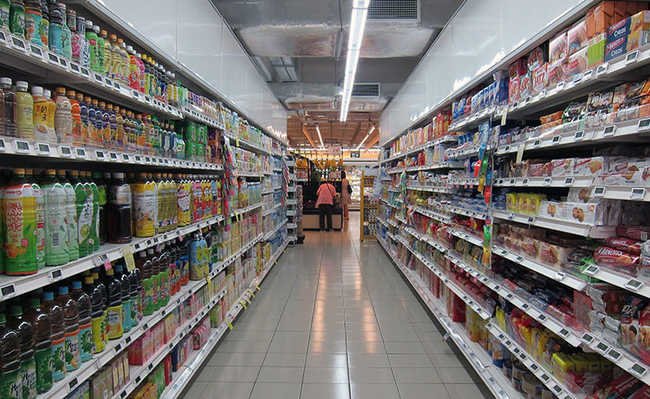Contamination by heavy metals present in fertilizers
Heavy metals present in fertilizers can harm the health of living beings and the environment

Etienne Girardet image in Unsplash
Fertilizers are chemical compounds used in conventional agriculture to increase the amount of nutrients in the soil and, consequently, productivity. However, despite having essential and desirable elements for plants, fertilizers contain toxic heavy metals in their composition. Learn more about impacts from heavy metal contamination in fertilizers.
What are heavy metals?
The term “heavy metals” is used to characterize metallic elements that have a density greater than 5g/cm3 or an atomic number greater than 20, capable of forming sulfides. The main properties of heavy metals are high levels of radioactivity and bioaccumulation. This means that, in addition to triggering several non-metabolizable chemical reactions, these elements have a cumulative character along the food chain.
According to the study “Evaluation of the phytoavailability of cadmium, lead and chromium in soybeans grown in dark red oxisol treated with commercial fertilizers”, some heavy metals are essential for plant development, such as copper, iron and zinc. However, heavy metals such as arsenic (As), cadmium (Cd), lead (Pb), mercury (Hg) and chromium (Cr) are toxic and even so are present in many types of fertilizers.
- Learn more in the article "What are the environmental impacts of heavy metals present in electronics?"
Contamination by heavy metals present in fertilizers
Bioaccumulation is one of the main properties of heavy metals. It is a process of assimilation and retention of chemical substances from the environment by organisms. Absorption can occur directly, when substances are incorporated into the body from the environment (water, soil, sediment), or indirectly, from the ingestion of foods containing such substances.
Bioaccumulation is directly related to another process, called biomagnification, which consists of the transfer of bioaccumulated chemical substances from one trophic level to another. This means that the concentration of these substances increases as they travel through the food chain. In this way, the toxic substance will have its greatest concentration in individuals that occupy trophic levels farther away from the producers.
In plants and animals, heavy metals cause lethal and sublethal effects, as they cause metabolic dysfunctions. In addition, heavy metals present in fertilizers contaminate the air, soil and aquatic environments, generating chemical and biological impacts on living beings.
In this sense, heavy metals can be present in the food we eat. In recent years, several researches have been carried out to identify the possible effects on human beings caused by them. Mercury attacks the nervous system; lead and cadmium can cause cancer; arsenic accumulates in the kidneys and liver; and chromium can generate side effects such as tiredness, loss of appetite, tendency to bruises, nausea, headaches, dizziness, urinary changes, nose bleeding and skin reactions.
What to do to avoid heavy metal contamination?
To alleviate the issue, there are tolerable limits for the concentration of heavy metals in fertilizers. These limits vary according to the legislation of each country, which demonstrates non-uniform guidelines in the establishment of these standards and the need for more in-depth studies in this regard. In Brazil, the contents are determined by the Ministry of Agriculture, Livestock and Supply (MAPA), in the Regulation of Agricultural Inputs.
In addition, it is up to the legislation to set standards for inspection, inspection, trade and limits on the concentration of heavy metals in fertilizers. Research shows that decontamination of soils containing heavy metals by humus is an extremely effective alternative to preventing contamination. You can avoid consuming foods with heavy metals, giving preference to organic ones, which do not use fertilizers or pesticides in their production.










